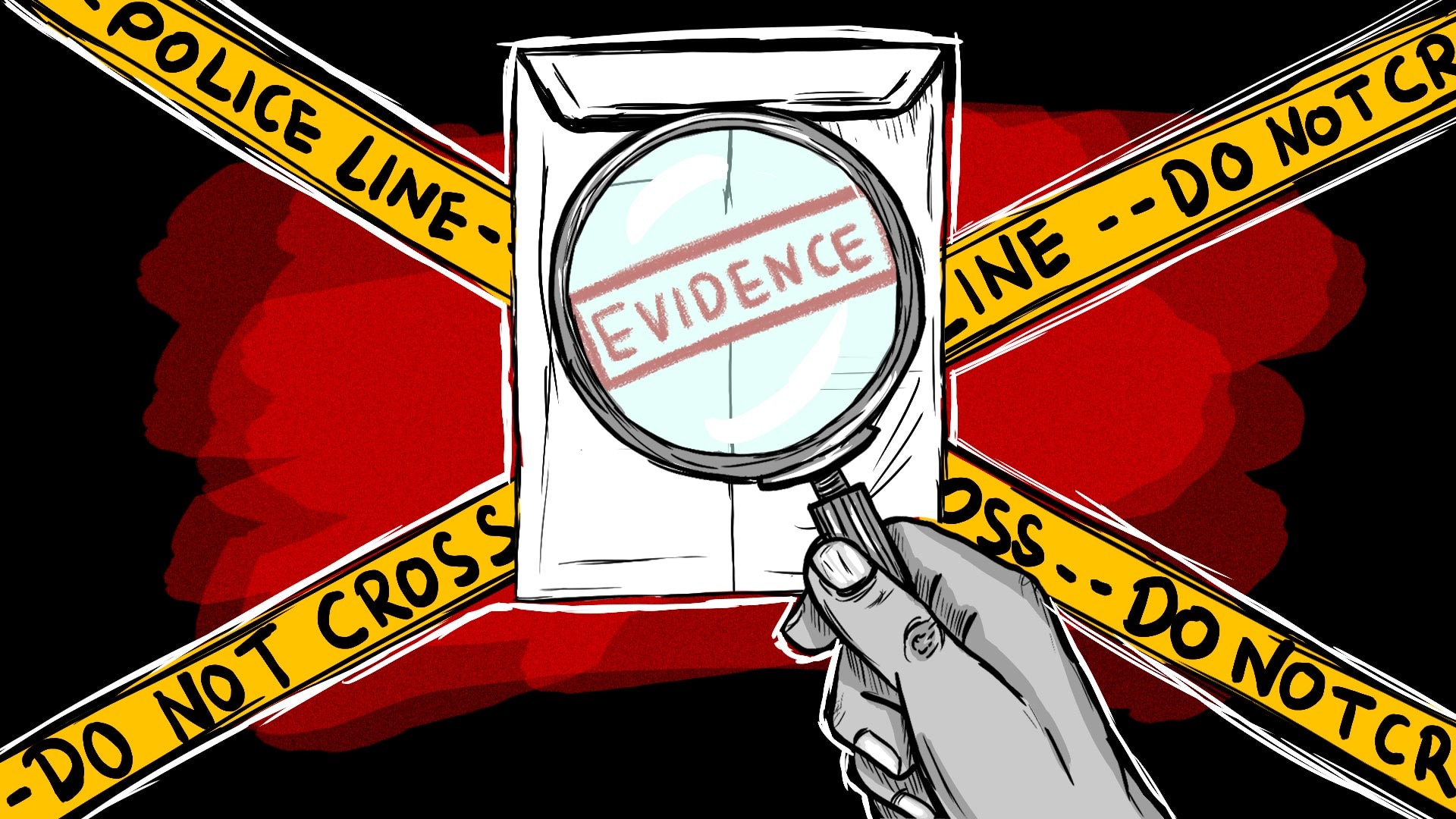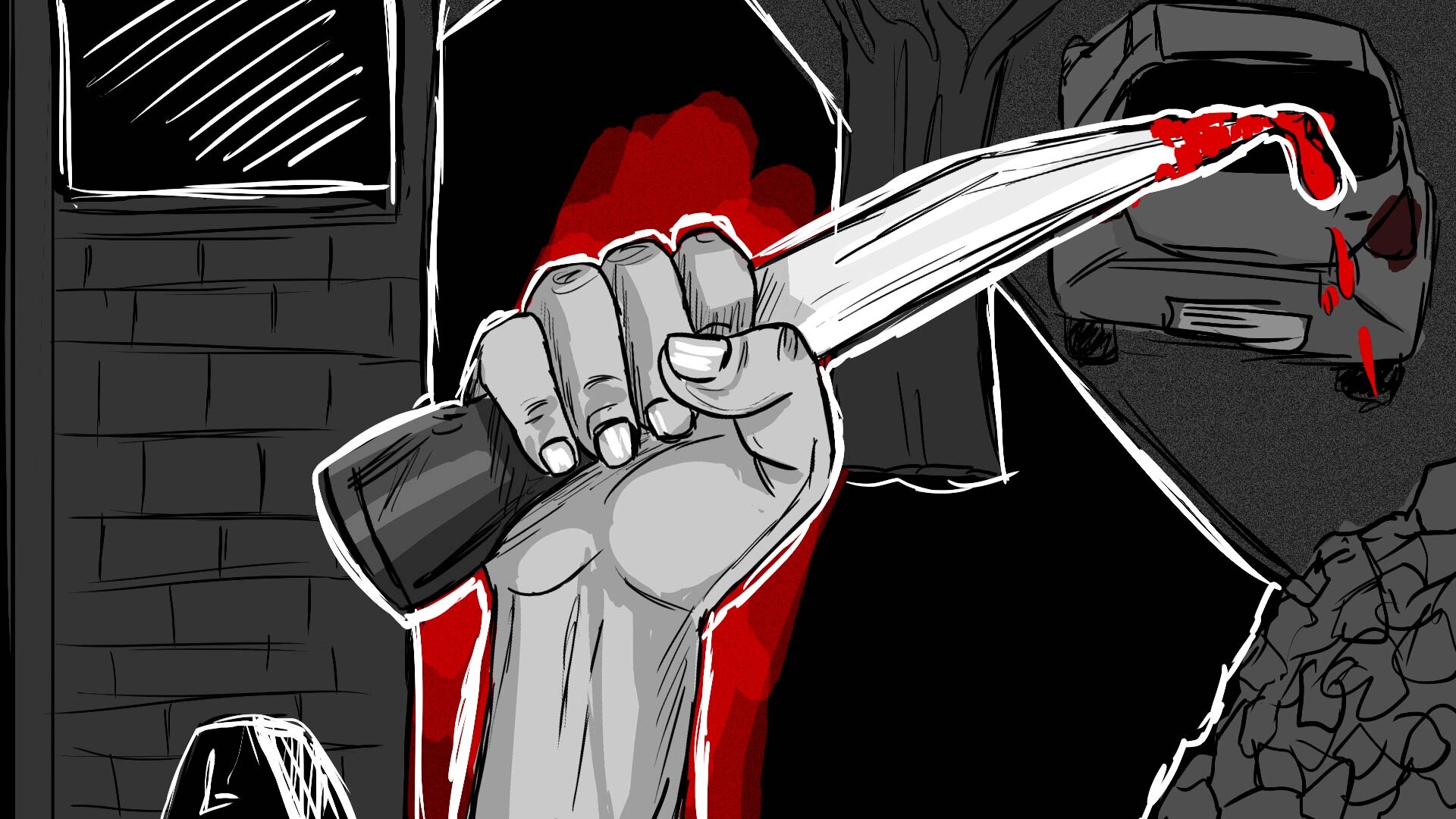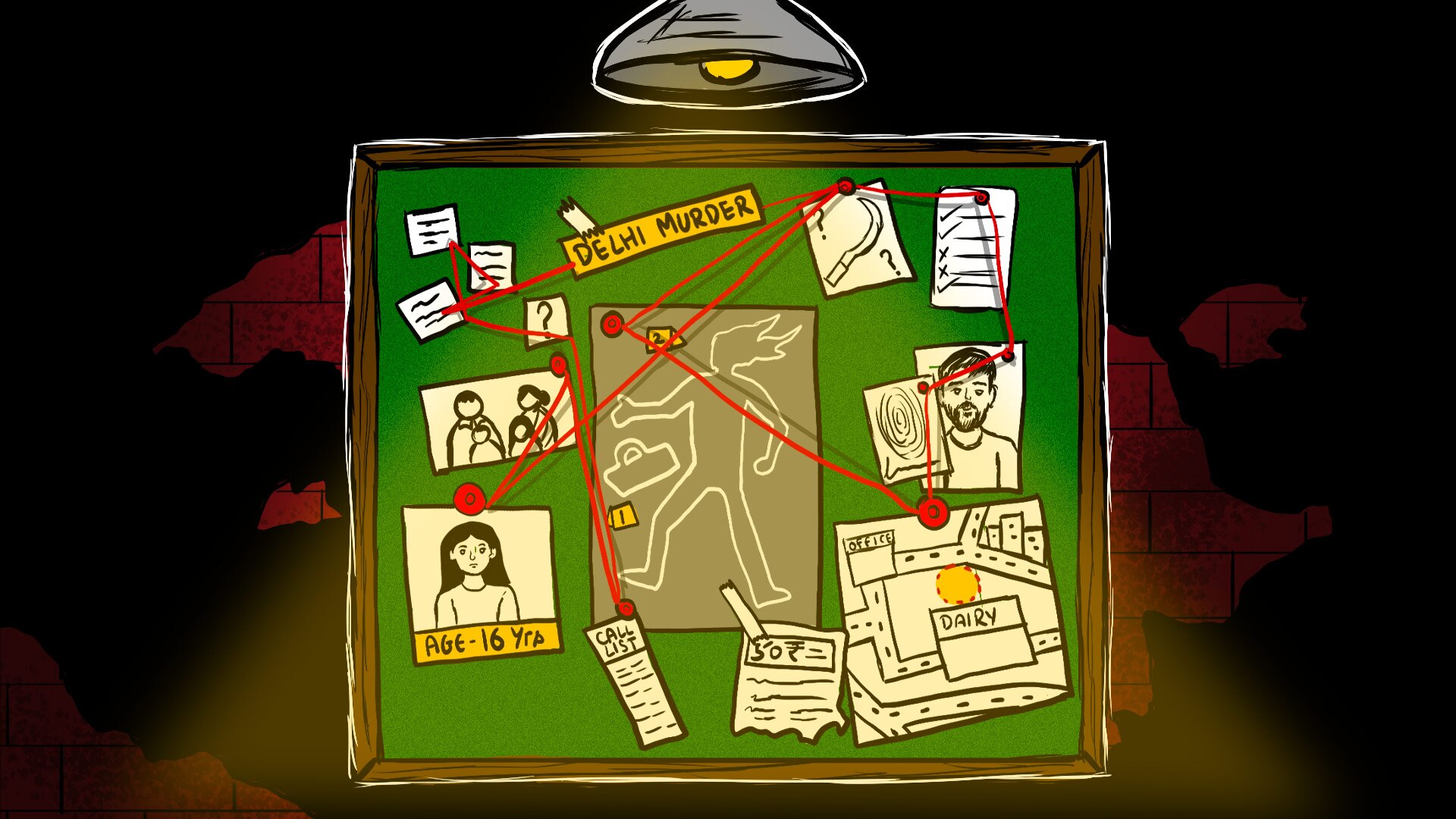
We don't support landscape mode yet. Please go back to portrait mode for the best experience
In a world where it's difficult to escape being captured on CCTV cameras, violent crimes are increasingly getting recorded. Even when murders are caught on camera, why do the police painstakingly collect evidence, hunt for the murder weapon and recreate the crime scene?

It was a crime that was caught on camera and seen by people across the world. Sakshi, a 16-year-old girl, was stabbed around 20 times and bludgeoned with a slab on a Delhi street. There were passers-by and no iota of doubt who the murderer was. Still, Delhi Police is taking the pains to scour for evidence, secure the murder weapon and get eyewitnesses to build a case against Sahil.
Similarly, when Aaftab Poonawala, the accused in the Shraddha Walkar murder case, was caught, he sang like a canary before the police. He revealed how he had killed his live-in partner and how he chopped her body into pieces and disposed of the parts. Still, Delhi Police went through the rigours to trace the murder weapon.
Getting back to the more recent murder of 16-year-old Sakshi in Delhi.
Sahil, the murderer whose heinous attack was caught on camera, was apprehended within days by the police. But the process to collect eyewitness accounts and gather evidence continues despite he confessing to the murder.
If a crime has been captured on camera, or a criminal has confessed to a grisly murder, why do police conduct such extensive investigation or go to such great lengths to secure evidence or even get an autopsy done?

A senior police officer from Uttar Pradesh explains that combining multiple pieces of evidence helps strengthen the case.
For example, if someone witnessed the accused stabbing the victim to death, the supporting evidence would be the presence of stab wounds on the victim's body.
However, to confirm that the wounds were indeed caused by a sharp weapon, an autopsy becomes crucial.
The police would then need to recover the knife or any other sharp weapon used in the murder.
By connecting these pieces of evidence, a clear sequence emerges, establishing that the accused attacked and killed the victim with the knife, which has been recovered.
The autopsy report further corroborates this evidence and details how the stab wounds caused the victim's death.
Additionally, details like the origin and purchase of the knife also contribute to building a solid case.

Why do the police go to such lengths to collect additional evidence if the accused has already confessed to the crime during interrogation?
According to the senior police officer, statements given by the accused while in police custody are not admissible in court unless they are corroborated under Section 27 of the Evidence Act.
In court, only the accused's statements given to a magistrate, under Section 164, hold validity.
The confessions to police just help them piece together the case and collect evidence.
For instance, if the accused admits to committing the murder with the recovered knife, that specific part of his statement becomes admissible. That is because the police have recovered the murder weapon and the autopsy report corroborates that the cause of death is due to the stabbing.
Police collect additional evidence to ensure consistency and make the case water-tight, knowing that confessions in custody hold no value in a court of law.

If the police believe that the accused will provide the same statement in court as they did to them, they apply for recording the statement under Section 164.
The accused is then presented before a magistrate, who offers a cautionary note about the implications of confessing.
If the accused still wishes to confess, another magistrate is appointed to record the statement in a closed room, without the presence of police personnel. This statement, if the person is confessing to the crime, becomes detrimental to the accused.
If the accused later retracts the statement, it would definitely complicate the police's task. Hence, collecting substantial evidence becomes vital in strengthening the case.

Recreating the crime scene allows the police to understand the actual circumstances of the attack.
If there is no video footage available, the police rely on the victim's statement, describing the accused shooting from a specific distance or stabbing from an angle. In case of a fatal attack, the police go by the accused's or eyewitness accounts.
By reconstructing the crime scene, the police can determine the outcome and evaluate angles of attack. This process also helps in identifying potential evidence locations and provides an insight into how the crime was committed.

Criminal lawyers emphasise that while CCTV footage serves as corroborative evidence, it is not admissible as primary evidence in court.
Primary evidence includes biological, forensic, scientific, and physical evidence directly related to the incident, such as blood samples, weapon recovery, fingerprints, and other relevant forensic or biological samples obtained through crime scene recreation.
Corroborative evidence has a limited impact on its own, but when supported by direct or primary evidence and independent witnesses, it becomes significant. CCTV footage, however, is admissible as evidence in constitutional courts under Section 65B of the Evidence Act.

In cases of murder or attempted murder, gathering supporting evidence is crucial. The police focus on finding the murder weapon, as it plays a significant role in establishing the case.
Whether the weapon is recovered by the police on their own or at the direction of the accused, it becomes a key piece of evidence.
To build a strong case in murder cases, the police combine circumstantial evidence, like the behaviour of the accused around the time of the crime, with other primary and corroborative evidence.
For instance, if a witness has seen the accused stab the victim to death, the supporting evidence would be the presence of stab wounds on the victim's body. An autopsy confirms the nature of the wounds, indicating they were caused by a sharp weapon. The police then aim to recover the knife, further linking it to the accused.
The same process applies when a gun is used in a murder. The origin and purchase details of the weapon are investigated.
By connecting these pieces together, a solid and concrete chain of evidence is formed, indicating that the accused used the weapon to attack and kill the victim.

With all these in mind, let's revisit the Sakshi murder case, where the brutal attack in Delhi's Shahbad Dairy area was caught on a CCTV camera.
The police arrested Sahil in Bulandshahr, Uttar Pradesh, approximately 15 hours after he committed the crime.
The Delhi Police recreated the crime scene at the location where Sahil brutally murdered Sakshi during the intervening hours of May 30-31.
During interrogation, Sahil provided varying statements, attempting to mislead the police.
The murder weapon, the knife, was recovered after police searched various areas near the Rithala Metro station, where Sahil had allegedly discarded it.
Police have summoned Sakshi's friends for questioning and are recording their statements to gather more information. The police have also recorded statements of two girls and summoned a boy named Praveen for interrogation.
Despite the crime being caught on camera, which is a supportive evidence, police are trying to use statements, Sakshi's autopsy report and the murder weapon to build a watertight case.
Even if visuals are deceptive, evidence won't lie.
Idea and concept: Rahul Gupta and Yudhajit Shankar Das